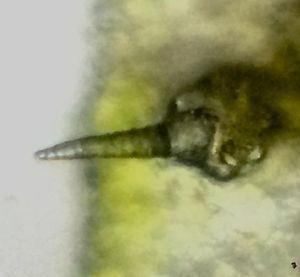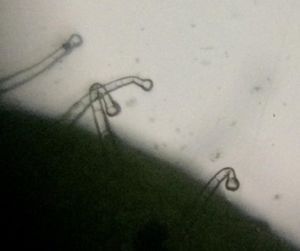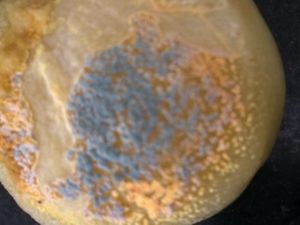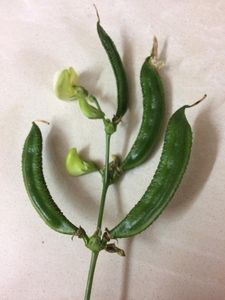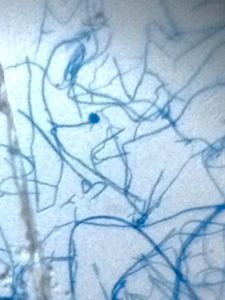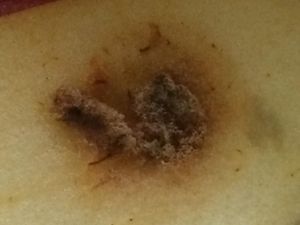Soft rot of tomatoes
 Dec 18, 2018 • 9:27 AM UTC
Dec 18, 2018 • 9:27 AM UTC Unknown Location
Unknown Location 140x Magnification
140x Magnification Microorganisms
Microorganisms
SD_27
Learn about the author...
9posts
0comments
1locations
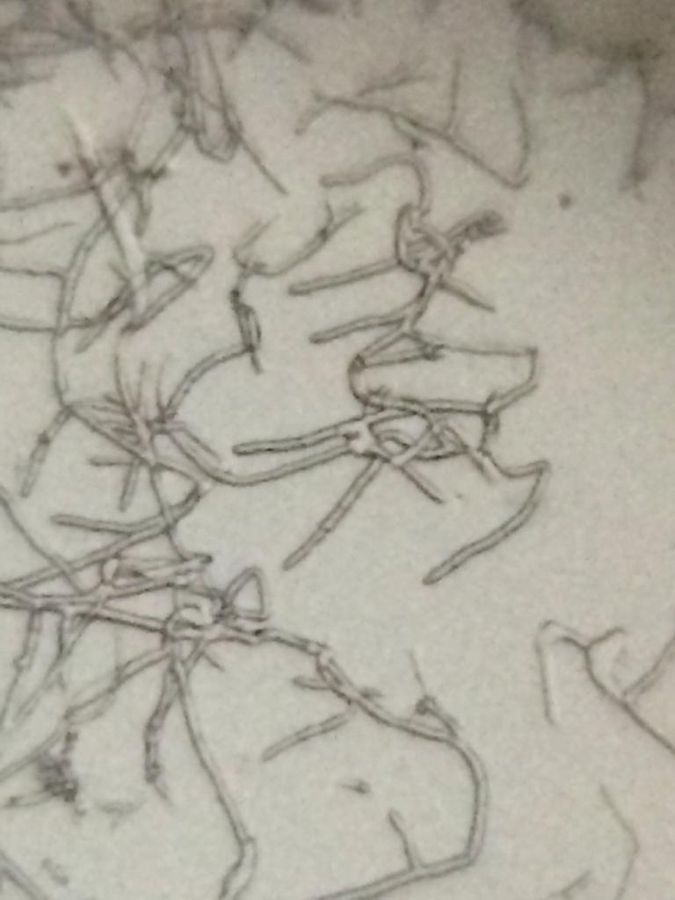
Tomatoes which were accidentally left out in the kitchen at room temperature for two days showed a cottony growth. On fixing the sample on a slide and observing under a foldscope, branching pattern of hyphae resembling that of Rhizopus stolonifer was observed (ref. ipm.ifas.ufl.edu/pdfs/Postharvest_Disorders.pdf)
R. stolonifer can cause soft rot on soft fruits. Ripe fruits are most susceptible to R. stolonifer. On tomatoes, Rhizopus rot appears as:
Water-soaked lesions that may exude some liquid Lesion surface covered with thin, cotton-like fungal structures Mycelium initially formed a mattress of branched and aseptate hyphae Dark sporulation may crown the white tuft of Rhizopus
R. stolonifer can cause soft rot on soft fruits. Ripe fruits are most susceptible to R. stolonifer. On tomatoes, Rhizopus rot appears as:
Water-soaked lesions that may exude some liquid Lesion surface covered with thin, cotton-like fungal structures Mycelium initially formed a mattress of branched and aseptate hyphae Dark sporulation may crown the white tuft of Rhizopus
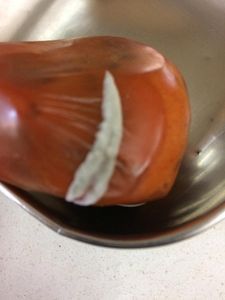
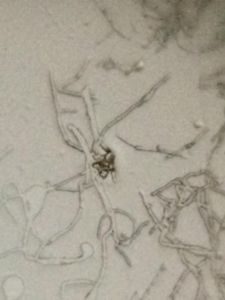


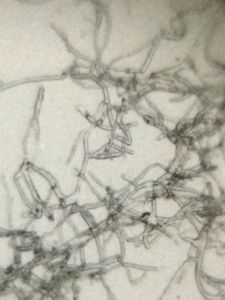
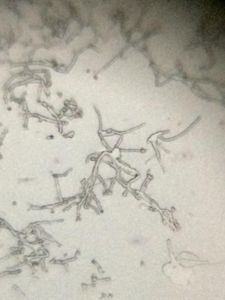
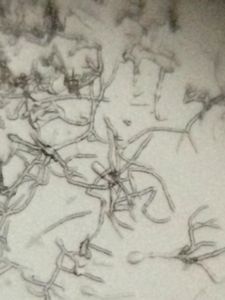
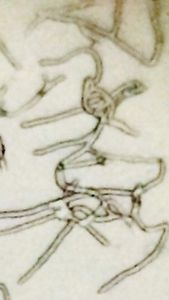

Rhizopus stolonifer grows primarily as mycelia, which consists of long filamentous cells, or hyphae, that lack cross walls, known as septa. Lack of septa and multinuleate is a condition named as coenocytic condition.
Dr. Samriti Dhawan & Dr. Jasveen Dua, GGDSD College, Chandigarh
Dr. Samriti Dhawan & Dr. Jasveen Dua, GGDSD College, Chandigarh
Sign in to commentNobody has commented yet... Share your thoughts with the author and start the discussion!
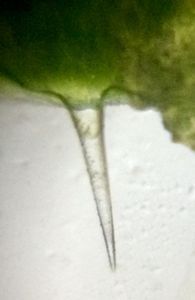
 0 Applause
0 Applause 0 Comments
0 Comments